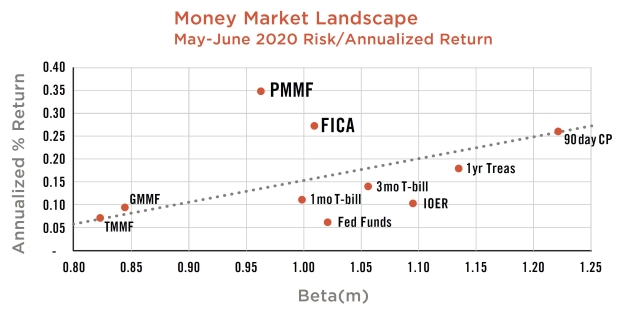
Highlights from the Assistant Treasurers’ Group of Thirty 2020 H2 meeting sponsored by HSBC.
By Joseph Neu
Talent development is focused on silo busting. There are two silos in focus for AT members at the moment. The first is the diversity of hires, especially Black and Hispanic professionals along with women, into finance roles.
Highlights from the Assistant Treasurers’ Group of Thirty 2020 H2 meeting sponsored by HSBC.
By Joseph Neu
Talent development is focused on silo busting. There are two silos in focus for AT members at the moment. The first is the diversity of hires, especially Black and Hispanic professionals along with women, into finance roles.
- There is also a mandate to make this a long-term effort to build up the capacities and pool of potential candidates for corporate finance roles.
- The other silo to bust open (though some in treasury are reluctant) is the one dividing treasury, at some companies, from the rest of finance on leadership development rotational programs. This is being evaluated at multiple levels—undergrads, MBA graduates and more senior positions.
- Both efforts are made more challenging by the duration of the current work from home environment. Working remotely poses more general challenges, too, for training and development and, with that, succession planning. Both are a perennial talent priority.
- However, one member noted a pre-pandemic initiative that is paying dividends working from home: it involves an internal website where employees from across all functions can post projects and needs, even just to have someone do in their spare time, to which anyone in the company can volunteer to help.
- This uncovers new talent from a diverse pool across any silo to uncover hidden interest in finance or anything else.
Hong Kong signs. Having Hong Kong in its name (and Shanghai), HSBC was asked by a member what corporates should look for to signal that Hong Kong’s role as a capital market center in Asia might be about to sunset.
- The answer has to be seen in the context that Hong Kong’s capital market role is not easy to replace and benefits China and the international community; so there is reason to remain optimistic.
- Financial sanctions, as opposed to carefully worded threats by the US, obviously wouldn’t help the situation.
- But significant commercial law changes made by China, even if done in response to US moves, would probably be the best signal to indicate when capital flight moves from a contingency plan to an action plan for the majority now still committed to Hong Kong and its capital markets.





















